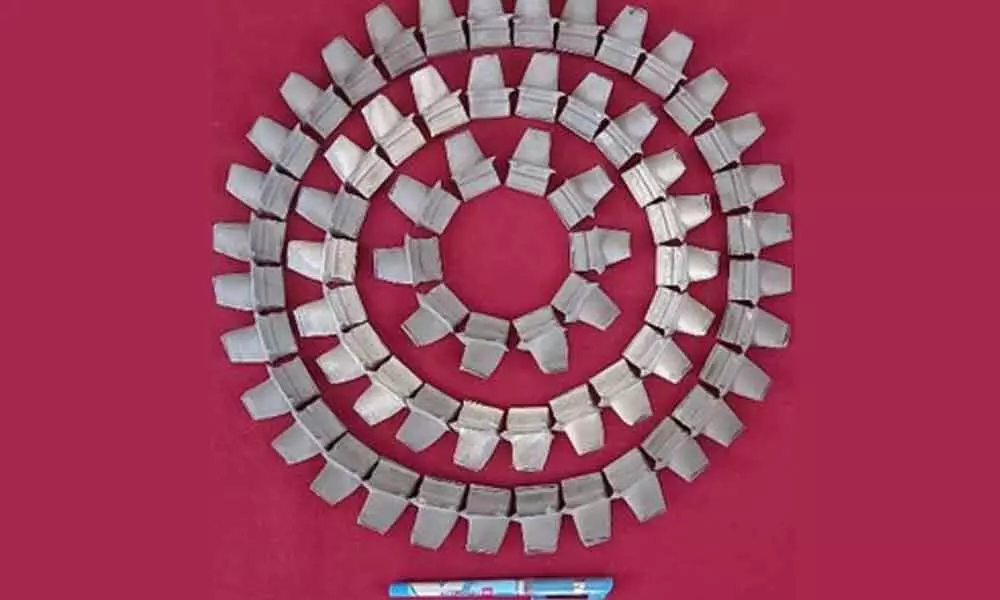Live
- Choosing the perfect saree: 5 Tips for any season's style
- Anantapur: Electrifying campaign reaches feverish pitch
- Legal Action Against Serum Institute Over Covishield Side Effects: Families Seek Recourse Amidst Vaccine Safety Concerns
- Daggubati Purandeswari campaigns in Dwaraka Tirumala, says NDA committed for development of AP
- Delhi-NCR Schools Face Bomb Scare: Delhi Police Investigate Alleged Conspiracy
- Indrakaran Reddy joins Congress
- PM Modi does not spare his critics: Eatala Rajendar
- Only YSRCP can ensure a bright future for State says Audimulapu Suresh
- Congress, BRS corporators of Meerpet municipality join BJP
- CEO Vikas Raj urges radio jockeys to motivate people to vote









